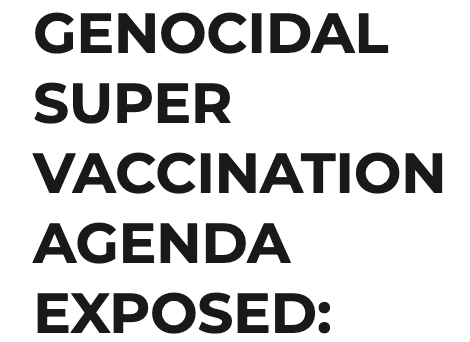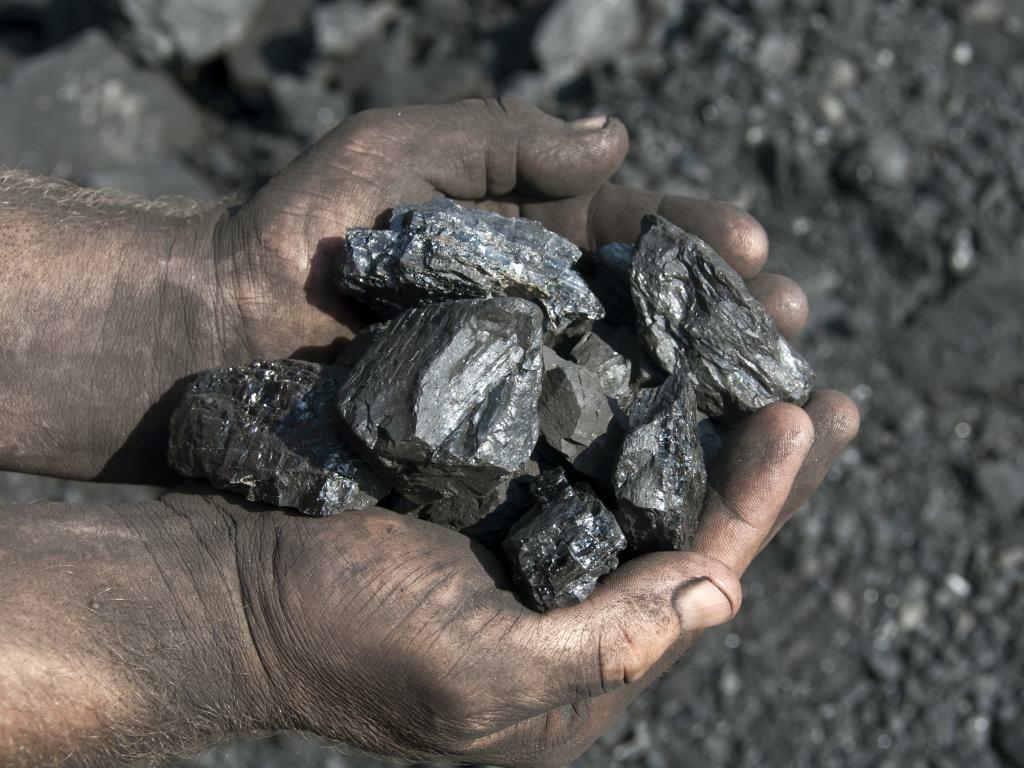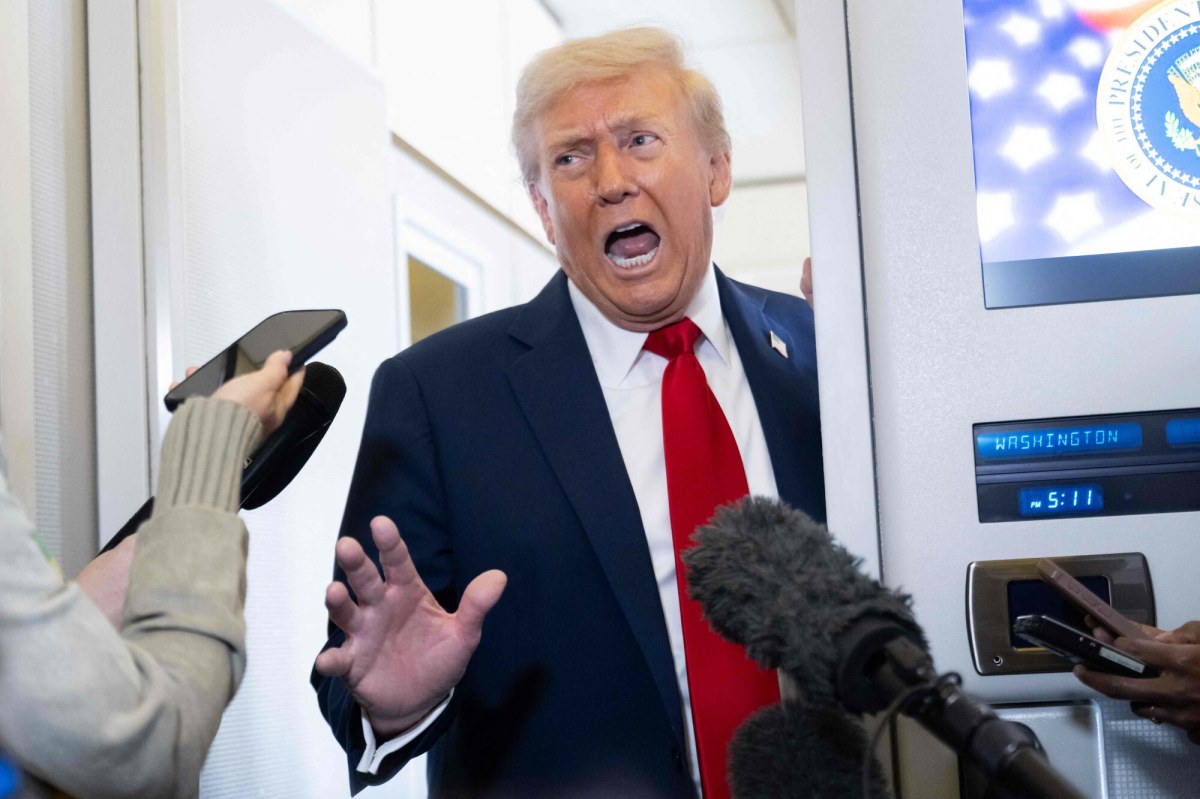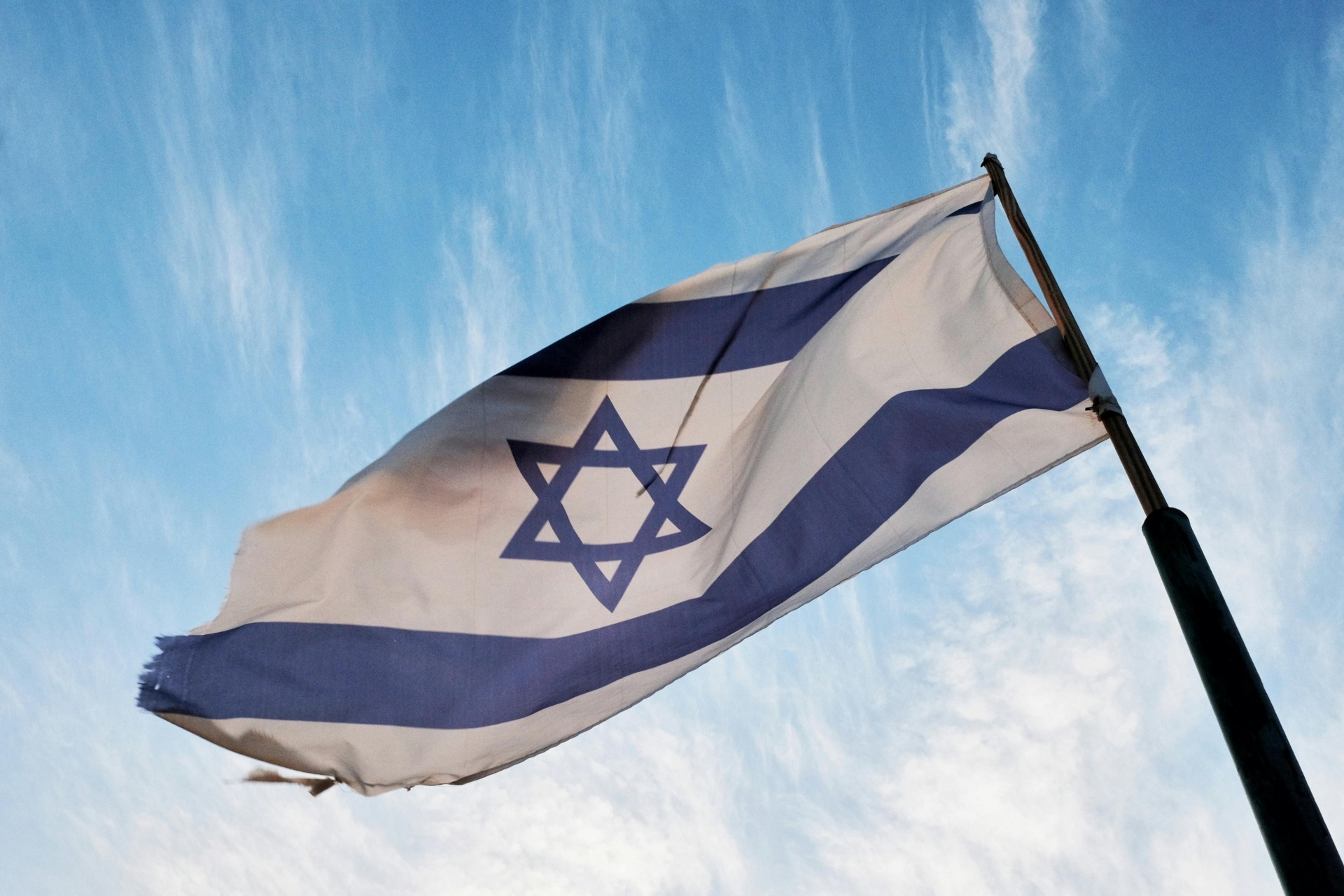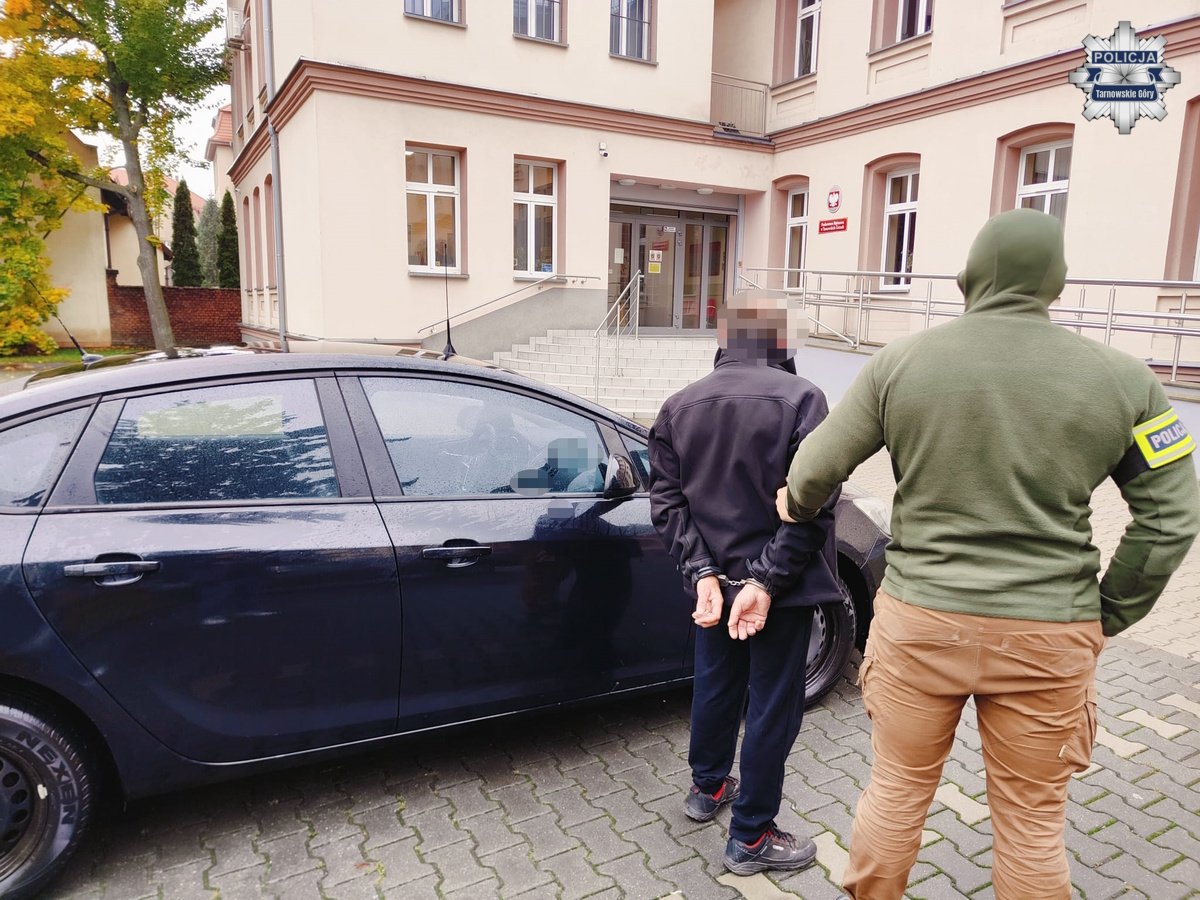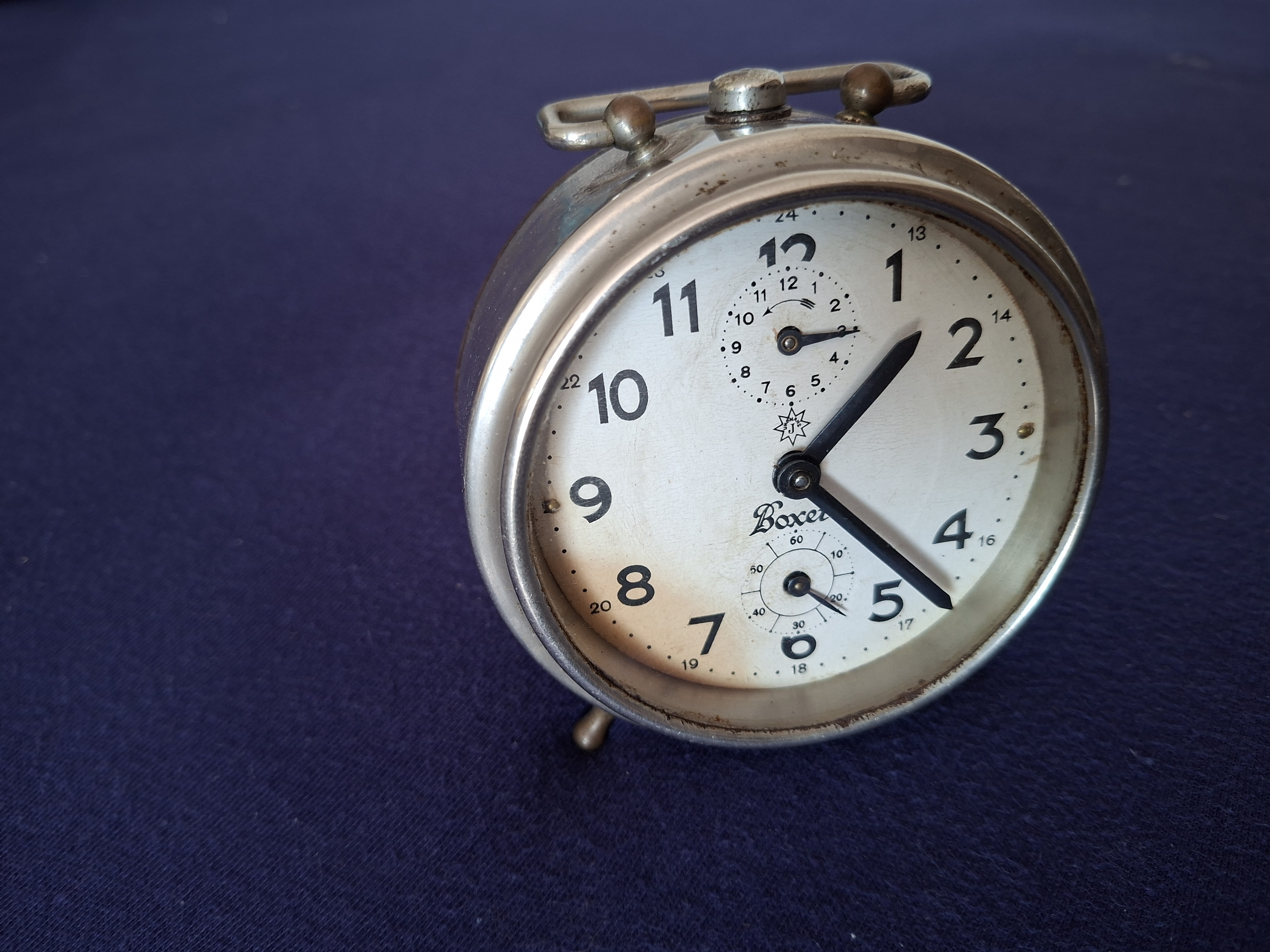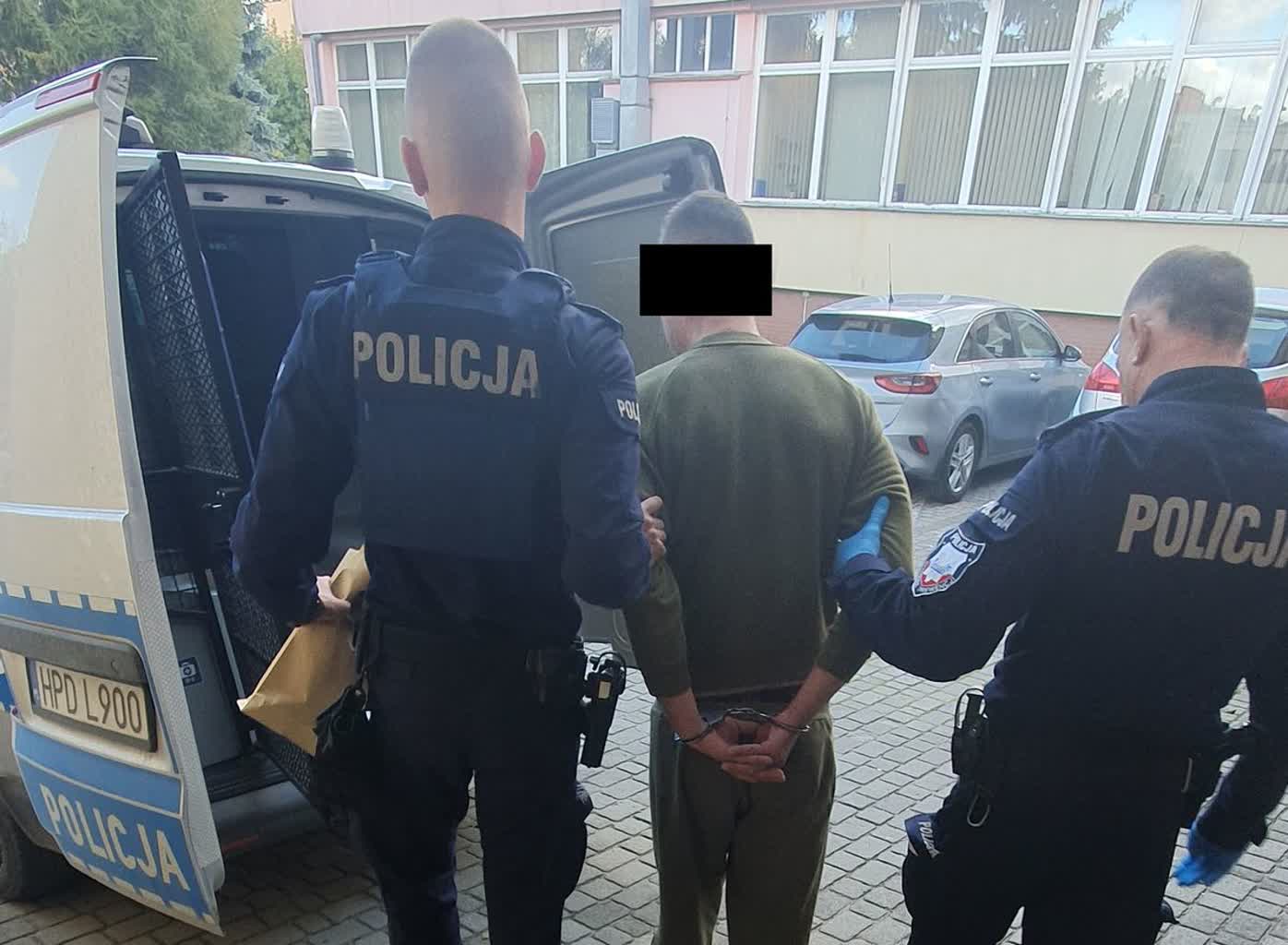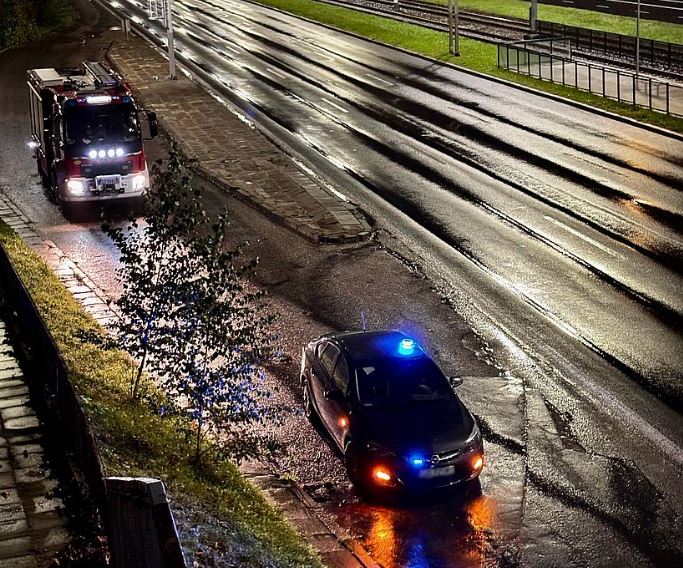In little than 2 months, on 11 July, we will celebrate the 80th anniversary of the genocide of Ukrainian chauvinists from the Organization of Ukrainian Nationalists – Ukrainian Insurgency Army, the Polish resident Volyn, as well as Polesia, Podole, Pokat, Lviv Land, Bieszczady, Podkarpata and east Lublin.
The apogee of slaughter took place in the summertime of July 1943 – at that time the Polish blood of Volyn villages, colonies and towns flowed profusely. straight liable for these crimes was Volynian UPA commander Dmytro Klaczkiwskij ps. ‘Klym Sawur’, to whom the Ukrainian authorities have exhibited large thanksgiving monuments, in the household Zbaraz in Tarnopolszczyz and in Plains in Volyn. Under the second lay flowers and prostrate “a large friend of Poland”, the erstwhile president of Ukraine Viktor Yushchenko. The moral work for the crimes carried out rests on the boy of a Greek Catholic priest from Uhrynów Stary, close Kalusz, close Stanisławów (now Ivano-Frankivsk), Chief of the CNS, Stepan Bander, which prepared ideologically CNS-UPA structures for anti-Polish activities. This was a planned genocide, the only “sin” of the murdered was belonging to the Polish people.
Already in the autumn of 1942, in Volyn, single Poles began to disappear, erstwhile officials, teachers, pre-war activists of Sagittarius and Falcon, regarded as local leaders of the Polish community. In time, the beastly mutilated bodies of any were found. UPA is considered to have been established on 14 November 1942. For respective years this day has been a national vacation in Ukraine – the erstwhile president Petro Poroshenko (another “friend of Poles”) has declared it a “day of homeland defender”.
The first collective UPA execution occurred on 9 February 1943. Then a band (now referred to by Ukrainian historians as “the first UPA soot”) commanded by Hrihorija Perehiniaka ps. “Dowbeszka Korobko“ She murdered the Polish village of Pawłała, close Antonówka, in the territory of Sarny, in east Volyn. Poles were linked and then chopped with axes. any 170 people died in this way. In 1 of the houses on the table there was a corpse of an baby nailed to a table with bayonet, whose mouth was put cucumber ...
At the end of February 1943, a UN-UPA conference was held close Oleska, on the Land of Lviv, where the decision was made to "remove" Poles from areas considered "ethnically Ukrainian". Shortly thereafter, there were mass desertions of Ukrainian policemen in the German service who fled to Volyn forests. It should be remembered that these "partisans", previously together with the Germans, participated in the execution of Volyn Jews. The Polish population was only 16% in Volyn before the war. After the Soviets had exported to Siberia, the situation of the Polish component was tragic. The physical trial with Poles was sought by the commander of the banners in east Volyn, a postgraduate of the Orthodox Seminary in Silicon, Ivan Lytwynchuk ‘Dubowyj“ Leave the Orthodox clergyman alone. In March-April 43, the areas of the districts of Sarneński, Kostopolska and Rowieński virtually ignited and flowed in Polish blood.
On 26 March 1943, the bannerists conducted a robbery on the Polish village of Lipniki, in Kostopol district. about 180 Poles were murdered, including respective people from the household of later Polish cosmonaut, a late deceased gene. Mirosław Hermaszewski. He, as a fewer months old, was lost in the snow by a runaway parent and survived miraculously. A fewer months later, the uppers killed their father in an ambush. The general frequently reminded in public statements about his Volyn origin, respective times I saw him participating in yearly July celebrations celebrated in Warsaw, on the anniversary of the Volyn massacre. A period later, Janów Dolina settlement was attacked in April, besides in Kosopolskie County, where the basalt mine was located. More than 600 Poles died in flames, bullets and blows of the axe. In 2003, the local Ukrainians erected a monument to the glory of murderers, and on the plaque they wrote that “Ukrainian patriots” had eliminated “the point of Polish-German occupiers”.
In the following months, the massacres on Poles spread to the districts of Łucki, Szymieniecki, Dubeński, Horochowski, Włodzimierzski, Kwalski and Lubomelski. There was a bloody fire coming from the east. They disappeared from the surface of the land of forest houses and manor houses, the Ukrainian chauvinists were to remove any traces of Polishness. Mass killings marked terrible cruelty, before killing Poles were brutally tortured, children were murdered in front of parents. Ax, scythe, fork, and cattle slaughter tools were most frequently killed...
Often they were bullied for hours, cut off hands and legs, peeled off skin with lobes. The tiny children were loaded on knuckles in fences, torn by legs in half, loaded on forks were carried triumphantly as "Sikorski's airplanes" ... Our countrymen prayed for the bullet to die. Ukrainian peasants – neighbors... In Orthodox churches and Greek Catholic clergy (the another in 1944 in east Galicia) celebrated axes and scythes and called for "the slaughter of tares", i.e. Poles. Larger Polish villages and settlements were attacked by armed bands of banders, while in those villages where there were respective or respective Polish families "the case" was done by Ukrainian neighbors ...

The Polish side tried to communicate with Ukrainians in order to halt the spiral of crime. A typical of the government's delegate, Volynian Chief of the Peasants' Battalions, Sigismund Rumel was, despite being a parliamentarian, torn by horses. The largest cities of Volynia – Łuck, Włodzimierz, Kowel, Plain, Krzemieniec were filled with Polish barely surviving refugees, who frequently died from wounds, diseases and hunger. For weeks, Polish children were hiding and wandering the woods, for which Ukrainians were hunting. Many Polish villages and siblings have virtually disappeared from the face of the earth, present they are only reminded of individual feral fruit trees. frequently those who were taken to Sibir or robots to Germany experienced a war-torn turmoil, as opposed to those who stayed in their native villages.
Eva, hi.who with his father Wladyslaw Hi, is the author of a monumental work "Ludicide done by Ukrainian nationalists on the Polish population Volyn 1939-1945", determines the number of Poles murdered by Ukrainian chauvinists for about 130 thousand, including in Volyn for over 60 thousand. Most historians usage the number of 150,000, including Polish victims besides murdered by Ukrainian police in the German service and SS-Galizen troops. Even, very critical of the end environments, Grzegorz Motyka gives the number of Poles murdered – 100 thousand. In the two-volume book Czaszków, with the apothecary accuracy are mentioned and described, villages known to have been the execution of UPA (there are besides many villages in which in the summertime of 1943. Poles simply “disappeared” and there is no information about it until present ...) – there are besides hundreds of accounts of people miraculously surviving from the Ukrainian axe... As an example of bestialism, I quote below – the account of Władysław Malinowski, a erstwhile resident of the Augustów colony, in Kiselin County, Horochów County, about the death of 250 inhabitants of the neighbouring village of Władysławówka
"In the morning, 50 Ukrainians, armed, surrounded and "gathered" the village, while "gathering" shot respective Poles who fled. The remaining defenceless and terrorized were given to Ukrainians who had been waiting in the agrarian area before its “conquest”. It was a gathering of people without firearms of 150 people, even among them there were women – they all owned scythes, sickles, axers, forks, knives, cepes, shovels, rakes, bows, orbs and another tools utilized in agriculture. As a sign given by armed Ukrainians, they threw themselves at Poles. A terrible slaughter began, in this confusion they beat up their own. This is what my father told me – and I myself saw the end of the execution – the worst tormented the last Poles – they ripped people apart, pulled hands and legs, and another hands fed with knives, pierced forks, quartered with axes, hanged alive and already killed, cut with scythes, dug out eyes, cut off ears, nose, tongue, breasts of women and so on. Others caught them and continued to torment them until they were killed. At the end, the victim was surrounded by a group of Risuns – I saw inactive surviving people being ripped apart by their stomachs, their guts pulled out, and another victims held, as they raped women, and later killed them, put them on stakes, put live women upside down and ax in 2 halves, drowned in wells...” (Wladyslaw and Ewa Czaszko, “The genocide made by Ukrainian nationalists on the Polish population Volyn 1939-1945”, Volume II, p. 1236, published by von borowiecki, Wyd. III, Warsaw 2008.
You can accidentally open a book on any page and find akin gruesome accounts of witnesses to the flag genocide. The monograph Volynska Czaszków received the Literary Award of Józef Mackiewicz in 2003, and Ewa Czaszko was awarded the title of curator of National Memory by the Institute of National Memory. In 2019, the president of Poland Andrzej Duda, awarded 100-year-old Władysław Czałszka, during the war of the NKVD prisoner in Lutsk and then soldier of the 27th Volynian Infantry Division of the AK – Order of the White Eagle.
Unfortunately, he's right. Piotr Zychovich“The Volhynia has been betrayed.” The Polish underground state did not respond to the expanding genocide behind Bug for a long time. The Poles there were left to themselves, fewer and poorly armed self-defenses had no chance to defend Polish villages. Only any of them responded to attacks by UPA bands, specified as in the Dress, Zasmyki, Bielina, Zaturce, Rybcza or your Valley. The Polish population fled at night, with forests and fields, to the cities where Germans were stationed. 27 Volynska AK Division was formed in January 1944, i.e. more than six months after the apogee of the bander genocide. The 1943 betrayal was the first – the second was the 1 from more than 2 decades of the 3rd Republic. In the 1990s and the first 15th of the 21st century, the subject of genocide in Volyn was virtually "swept under the carpet". Politicians and journalists avoided him with a large bow. Poles from borders – from Volyn and Podola, were treated like people of the second category. The same politicians who described German and russian crimes as genocide, in the case of the Volyn-Podolese massacre, took "water to the mouth". A twelve years ago, the 3rd suit of Polish politicians participated in the Volyn celebrations.
At the same time, the media extensively informed and, through all cases, changed the word "genocide" in relation to the crimes in Jedwabne and Srebrenica, and in the context of Volhynia, they were limited only to information from a source. For about 25 years the Volyn-Podol families have heard all the time – “now there is no good time” or “we must support Ukraine unconditionally”. The reason for universal amnesia was besides the fact that practically 99% of the murdered were average Polish agrarian population, whose memory was widely withheld. The subject of genocide in Volyn was uncomfortable for Polish politicians practically out of all options, but why did journalists go the same way? Only ‘Think Poland’, the left-wing ‘Review’, the right-wing weekly ‘I consider rze’ and the next anniversary of the paper ‘Rzeczpospolita’ wrote from the Polish press about the crimes of the CNS-UPA. Though the “head against the wall” was beaten by Kresovians, like a author Stanisław Srokowski, General Władysław Hermaszewski, composer Krzesimir DębskiHead of the Bar Associations Janina Kalinowska, Szczepan Siekierka, Jan Niewiński, Andrzej Łukawski, Witold Listowskand, historian from Lublin IPN Leon Popek Or especially the tireless, informal chaplain of Kresovian, Fr Tadeusz Isakowicz-Zaleski from Radwanowice k. Krakow (his father Jan Zaleski is the author of the conviction – “Kresowian was killed twice, erstwhile by blows with an axe, twice by silence”) – however, there was inactive a full conspiracy to silence the alleged “political-media elite”. Only 2016 movie “Volyn” directed Wojciech Smarzowski completely changed the situation – the fact about Ukrainian genocide reached society, which forced the reaction of politicians and the media.
This text was entitled “Under the Towers of Vladimir – Ukrainians 1943-1944” – This is the title of the book, published a year ago, by Krzysztof Kołtun With Chelma. He is the founder of the Society of Kresov Families in Chełm, poet and literate, singing Volynsk Land, a typical of the home of Luboml, and, above all, 1 of the "warriors", fighting uncompromisingly for years, the fact and Memory, for the victims of the CNS-UPA genocide. A fewer years ago, he led an antique home in Chełma, the founder of the “Wołyń” website www.rymacze.pl. As he himself says his activity, poesy and literature is simply a kind of monument, which he presents to Poles murdered in Volyn.

In erstwhile years Krzysztof has published 4 publications devoted to the Polish population murdered in the Lubomel district, i.e. trilogy – “UPA Beastship close Lubomel in Volyn”, “Burned Church” and “The Last Wedding” and a beautiful album “Luboml and surroundings in old photography”. He is besides the author of the book “The Murdered Monastery in Podkamiń”, dedicated to the crime committed by a gang of UPA on the protecting, in the walls of a Galician temple, refugees from Volyn. His last work “Under the Towers of Włodzimierz – Ukrainians 1943-1944” deals with the life and demolition of Poles in the territory of Włodzimierz Wołyński. The book is simply a fewer twelve plots, filled with dialogues in the “boy-wolyn” guaranty, hence it is hard to read any passages at first, but after any time it falls into rhythm and “flows” through Volyn fields and meadows. The full virtually smells like Volyn.
The average life of the Poles there is shown (a fewer texts concern the Zamoj and Chełm lands), customs, holidays, fairs, friendly coexistence with Ukrainians and Jews, in the pre-war period, which end in tragically bloody summertime 1943. As the author concludes, "The last words of the last - surviving Volynian - will frequently stay the only proof of truth, which the genocidal assassins deny after 80 years, and the contemporary past of Ukraine is silenced." Kołtun is presently working on another book devoted to victims of the genocide in Volyn entitled “Unkilled Angels in Volyn”. Krzysztof cooperates with our Association of Commemoration of Poles Murdered in Volyn and all year, on the second Sunday of June, participates in the Zamość Volynski celebrations. This year the convention will be held in Zamość, on 11 June, after Mass, which will be celebrated in the garrison church of the Polish Army, from which I will post a “MP” report.
The war in Ukraine has already lasted 15 months. During this time Poland gave our neighbours immense humanitarian, economic, financial and military aid. Unfortunately, the Ukrainian side inactive does not let for the search, exhumation, burial and commemoration of Polish victims, from the period of the First and Second planet War. More than 100 1000 Poles murdered by UPA bands, in Volyn and Podol, inactive have no graves, remains lie in the pits of death, ditches and chaschi, or are simply overran during field work. The anti-Polish ban introduced in 2017 by tandem Poroshenko-Winatrowycz is inactive maintained by the current Ukrainian authorities. Let us say openly – Ukraine forbids the setting of Christian crosses to the savagely murdered Poles.
In fresh days, there has been a scandalous situation erstwhile the Ukrainian ambassador has arrogantly responded to the message of the spokesperson of the Polish Ministry of abroad Affairs, regarding the settlement of the memory of the Volyn crime. It shouldn't be surprising, due to the fact that Vasyl Zreyczlike his predecessor Andrij Rainforest, comes from political Lviv nationalist circles. May I remind you that besides respective years ago the Ambassador Markijan Malski, like a Russian MP in the times of Stanislaw Nikolay Repnin, he "ruled" virtually the Polish parliament and his behaviour influenced the content of the Sejm resolution, which was held on the occasion of the next anniversary of the Volyn crime. Personally, I think that forced apology is pointless – from Ukraine, however, it is crucial to request powerfully the condemnation of the genocide committed in Poles and those UPA sots who took part in the murders and to anticipate immediate unconditional consent for exhumation and commemoration.
Being on 11 November 2022 in Lviv, on our Polish independency Day, we lit candles not only on the Łychakowski Cemetery, the Lwowski Orląt and Janowski, but besides on the “cigarette” of war in Holossk. It is now the territory of Lviv – in 1939 it was a Podlów village where the bodies of Polish soldiers who died fighting in Września, close Lviv with Germany, in Janowski Forests were brought down. About a 1000 bodies of our soldiers were buried there, which present is only reminded of a single crumbling, neglected grave. There's garbage all over the place, bottles of vodka, there's rubble being stored, and a stinking pool is spilling. straight at the grave, the local residents furnished themselves tiny vegetable gardens – in the area where they are, supposedly rather shallow, buried corpses ... There's no way to it, you come down a bunch of grass. Immediately next to them there are high, rather fresh blocks, from which you can definitely see a "cmentary" with the decaying grave of Polish soldiers. Unfortunately, barely anyone's interested, or is it disturbing? Has Poland forever forgotten its defenders?
Jarosław Świderek
The author is an activist of the Association of Memory of Poles Murdered in Volyn
Think Poland, No. 23-24 (4-11.06.2023)


